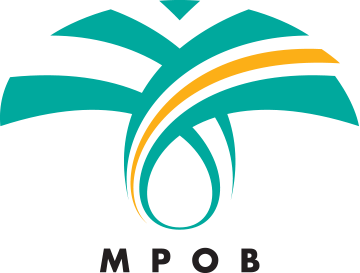South American palm weevil
General Information Dynamis borassi is a major pest of coconut palms, Cocos nucifera, in Ecuador, Colombia and Brazil. The adult weevil attacks and destroys unopened inflorescences and terminal tissues. It has also been reported to attack and develop in the inflorescences of Astrocaryum carnosum and Astrocaryum chonta and is attracted to the maturing fruit of […]
South American palm weevil Read More »

